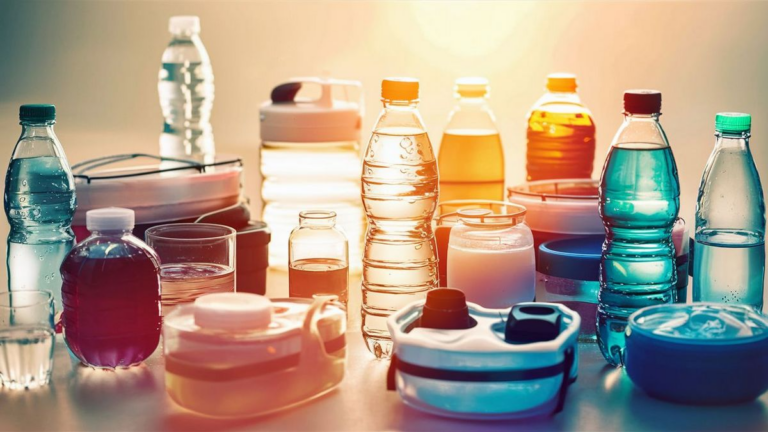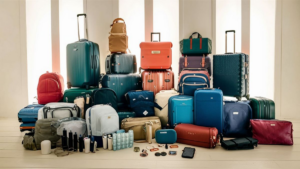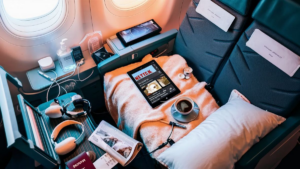Travelling by air comes with its own set of regulations and restrictions, especially when it comes to carrying liquids on a plane. Understanding the maximum amount of liquid allowed on a plane is crucial for smooth and hassle-free travel. In this comprehensive guide, we will delve into the regulations surrounding the transportation of liquids aboard an aircraft.
Understanding Liquid Restrictions
Transportation Security Administration (TSA) regulations govern the amount of liquids passengers can carry onto a plane. These regulations are designed to ensure the safety and security of all passengers and crew. According to TSA guidelines, passengers are allowed to carry liquids, gels, and aerosols in containers of 3.4 ounces (100 milliliters) or less. These containers must be placed in a single, quart-sized, clear, plastic, zip-top bag. Each passenger is allowed only one such bag, which must be removed from carry-on luggage and placed in a security bin for screening.
Exceptions to the Rule
While the 3.4-ounce rule is the standard, there are exceptions for certain liquids. Passengers may carry larger quantities of liquids if they are medically necessary or for special dietary requirements during the flight. However, these liquids must be declared to the TSA and may be subject to additional screening.
Carry-On vs. Checked Baggage
It’s important to note the distinction between liquids carried in carry-on luggage and those packed in checked baggage. While there are strict limitations on the amount of liquid that can be carried in carry-on luggage, there are generally no restrictions on liquids packed in checked baggage. However, it’s advisable to secure all containers to prevent leakage during transit.
Types of Liquids
The TSA defines liquids as anything that can be poured, pumped, sprayed, or squeezed. This includes but is not limited to water, juice, soda, perfume, lotion, gel, toothpaste, and aerosol products. It’s important to ensure that all liquids comply with TSA regulations to avoid confiscation at security checkpoints.
Additional Considerations
While the TSA sets the standard for liquid restrictions in the United States, other countries may have different regulations. Passengers travelling internationally should familiarize themselves with the liquid restrictions of the countries they are visiting to avoid any issues at security checkpoints.
Furthermore, it’s essential to stay informed about any updates or changes to liquid restrictions, as regulations may vary depending on security protocols and emerging threats.
In Conclusion
Travelling with liquids on a plane requires careful planning and adherence to TSA regulations. By understanding the maximum amount of liquid allowed on a plane and following the guidelines outlined in this article, passengers can ensure a smooth and stress-free travel experience.
Frequently Asked Questions
Here are some frequently asked questions regarding carrying liquids on a plane:
| Question | Answer |
|---|---|
| Can I carry water bottles on a plane? | Yes, you can carry water bottles on a plane, but they must be in containers of 3.4 ounces (100 milliliters) or less and placed in a quart-sized, clear, plastic, zip-top bag. |
| Are there exceptions for carrying larger quantities of liquids? | Yes, there are exceptions for medically necessary liquids or special dietary requirements. However, these liquids must be declared to the TSA and may undergo additional screening. |
| What types of liquids are allowed? | Liquids include water, juice, soda, perfume, lotion, gel, toothpaste, and aerosol products, among others. Ensure they comply with TSA regulations. |
| Are there differences in liquid restrictions for international travel? | Yes, other countries may have different regulations. It’s important to familiarize yourself with the liquid restrictions of the countries you are visiting to avoid any issues at security checkpoints. |
Ensuring Compliance
Compliance with liquid regulations is essential for smooth travel. It’s advisable to double-check all containers and ensure they meet TSA guidelines before heading to the airport. Additionally, staying updated on any changes or updates to regulations can help avoid complications during security screening.
See also:






